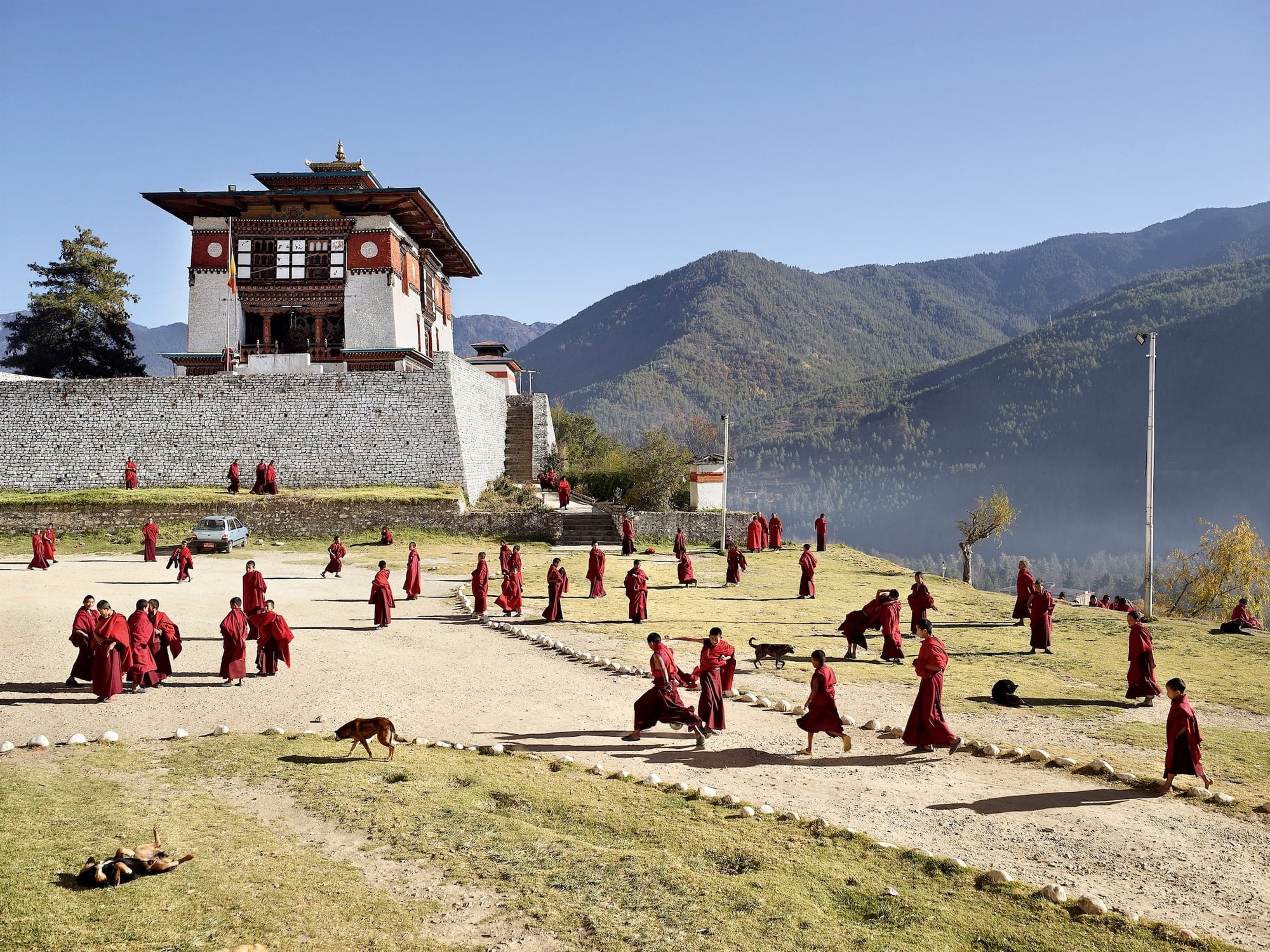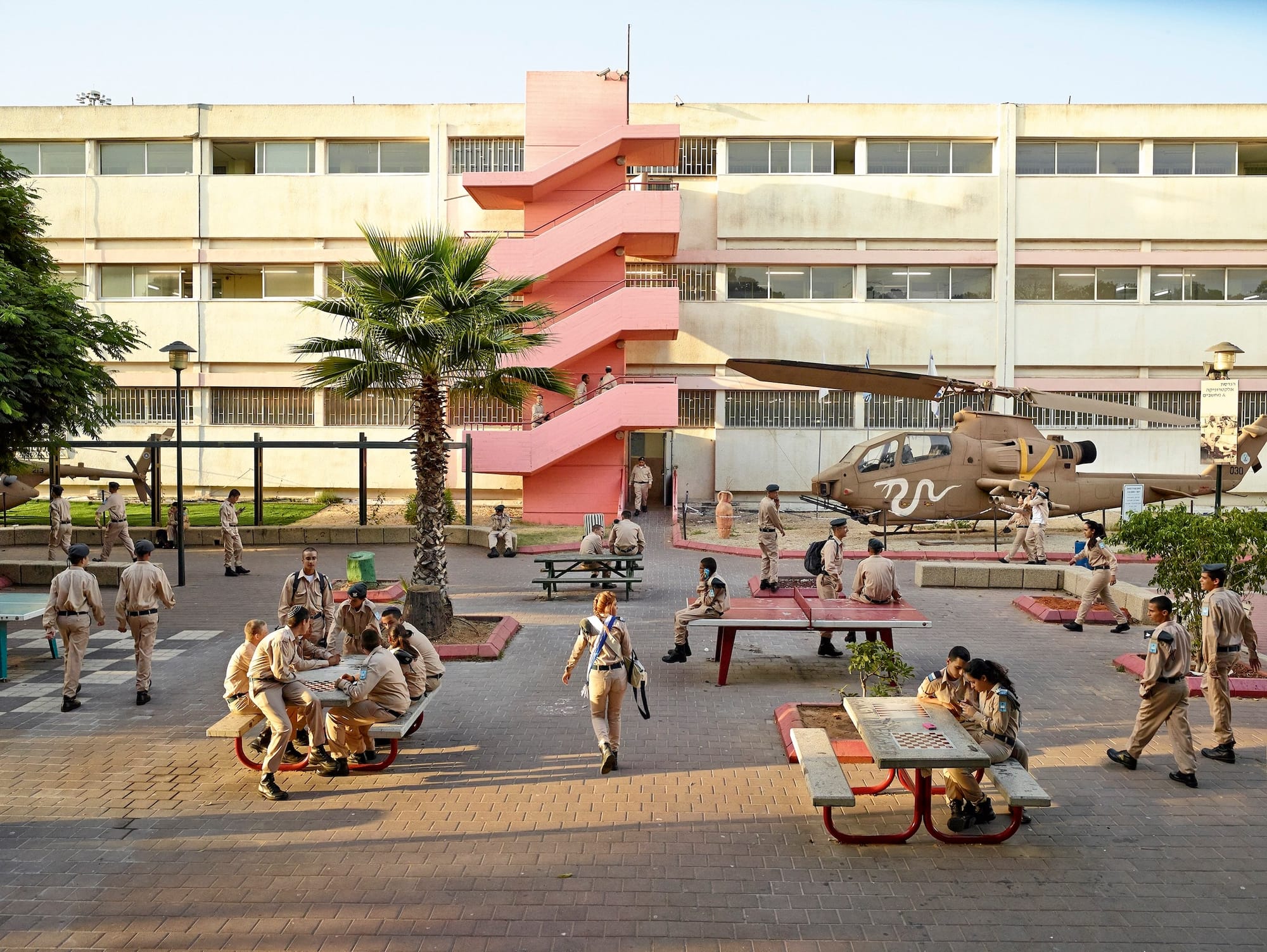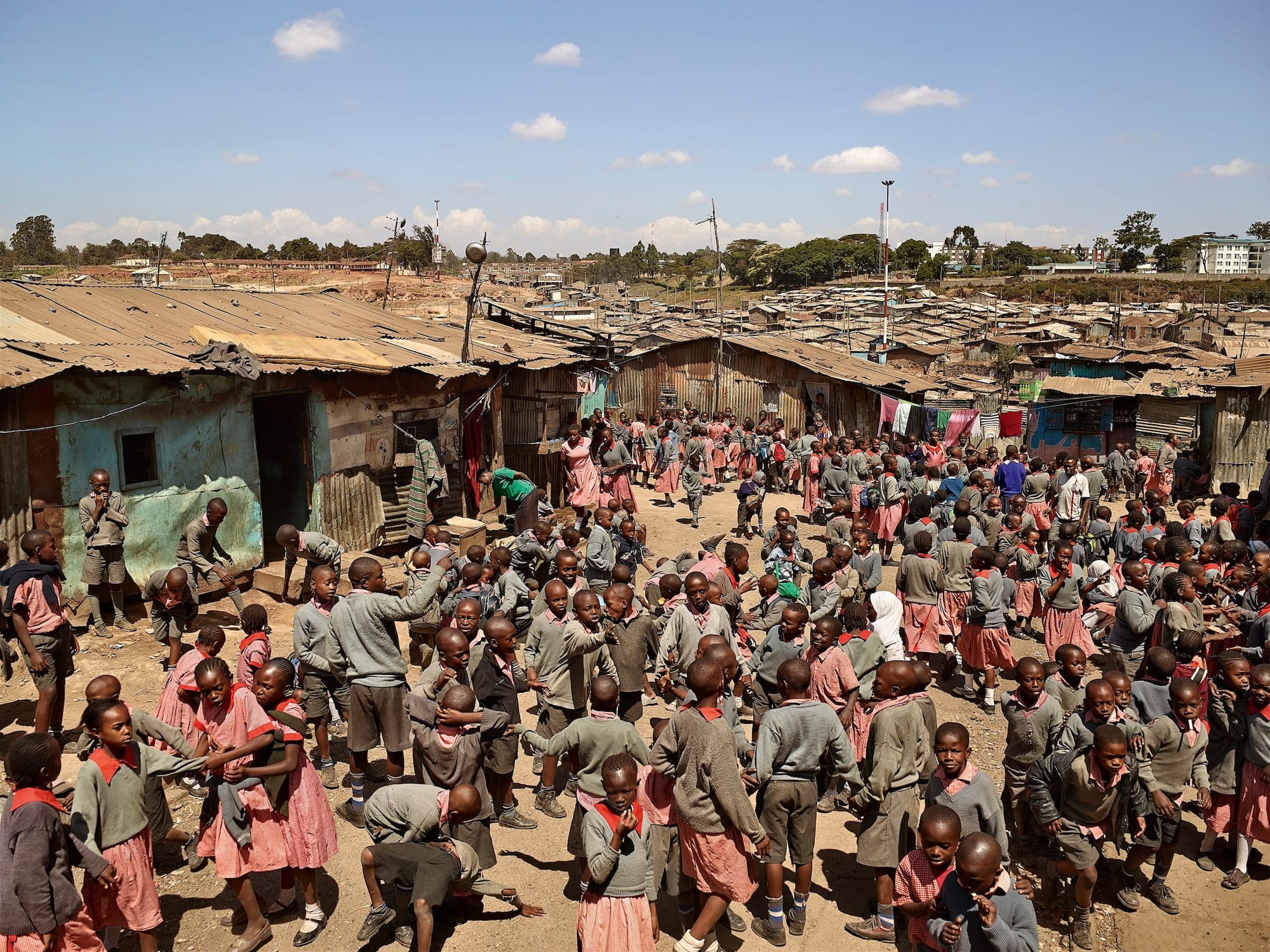Playground
Inspired by memories of his own childhood in the UK—part joy, part Lord of the Flies—a photographer studies playgrounds around the world.

Interview by Rosecrans Baldwin
The Morning News: It must have been a hassle, shooting all these playgrounds. Given school security and such.
James Mollison: It was very difficult; it was much easier for head teachers to say no. Luckily there were a few perceptive teachers out there who recognized from my previous projects that it might be an interesting project. Continue reading ↓
An exhibition of James Mollison’s new book, Playground (Aperture, 2015), is currently on view at Aperture Gallery, New York, through June 25, 2015. All images used with permission, all rights reserved, copyright © the artist.










Interview continued
TMN: Observing children playing differently in different places, what influenced their style of play most? Nationality, age, class?
JM: Nationality had a surprisingly small influence on the play between children that I observed except for types of ball games. Social class had little affect within countries, although there was a stark difference of facilities, between schools and countries. Gender was a huge influence. I witnessed girls playing the same games or boys involved in identical horseplay in all 17 countries I visited. Age was also a strong factor. The younger children would burst out into the playground and spend the whole break running around, whereas high-school children would mingle around chatting and joking; boys and girls began to hold hands, compared to the more separate gender groups of the younger children.
TMN: Did you recognize the games being played? Were any games universal?
JM: Many scenarios that I saw really took me back to my own childhood, and they are often ones that I decided to depict. I saw girls playing similar clapping games in the UK, USA, Kenya, Nepal, India, Bolivia, Israel, Gaza. Piggyback fighting games, tag, skipping, wrestling, hopscotch, and dodge ball.
During the project I read about how some schools had banned contact sports, cartwheels, or handstands, but I was relieved to children engaging in them anyway.
TMN: There’s that Peter Pan cliché that childhood is innocent, the adult world is corrupt…
JM: My memories from the playground meant I’ve never bought into the idea of childhood as innocence. Lord of the Flies always felt a much more accurate depiction. Observing children for this project I did witness nastiness, which is something I was looking out for as it is not what schools or people wish to portray. But by and large the majority of what I witnessed was the joy and fun that makes the playground such an important part of childhood experience.
TMN: What was your own time at school like?
JM: I loved recess and I think the playground was an important character-forming space in which I negotiated relationships and figured out my place in the world. It was full of fun games, and gossip. A liberating area, free from your teachers and parents. But it could also be an intimidating and scary place, especially when you started at a new school.
I have memory from one lunch break when a fight was rumored to be happening between two of the “hardest” kids in our school. A huge crowd had formed, and being from the youngest year we couldn’t really see, so along with a friend I decided to climb a tree to get a better view. When the fight turned out to be a non-event, people began to disperse until one of the older boys picked up a stone from a pile in playground (it was being resurfaced) and yelled out, “stone the crows.” On which about 30 boys picked up stones and hurled them at us as we tried to hide behind the trunk of the tree. It was absolutely terrifying.
TMN: Considering [other projects of yours like] Where Children Sleep or James & Other Apes, you appear to use photography, in part, as a way to examine or measure difference. Is that right? In your own life, do the days seem to blur together?
JM: Caught up in the blur and drama of our own lives I think we often don’t see outside our small world. That’s perhaps one of the reasons why, in my photographic practice, I often use the “typological approach”—the process of making many similar photographs of the same kind of thing, or examining something by type. A single image doesn’t matter that much, but seen as a collection, a pattern emerges to form a much more meaningful narrative.
TMN: Does the story that emerges in Playground correspond with what you set out to do?
JM: Yes. The story evolved from playground experience in the UK, to something where I saw similar scenarios across many countries.
TMN: When do you feel most apart from the rest of the world?
JM: I don’t think I ever feel distanced from the world. I feel very privileged to have been born into a situation that has offered me the chance to lead a life where I don’t fear violence or going hungry, have engaging work and a loving family. In this project and Where Children Sleep I saw children who can’t take any of that for granted.
